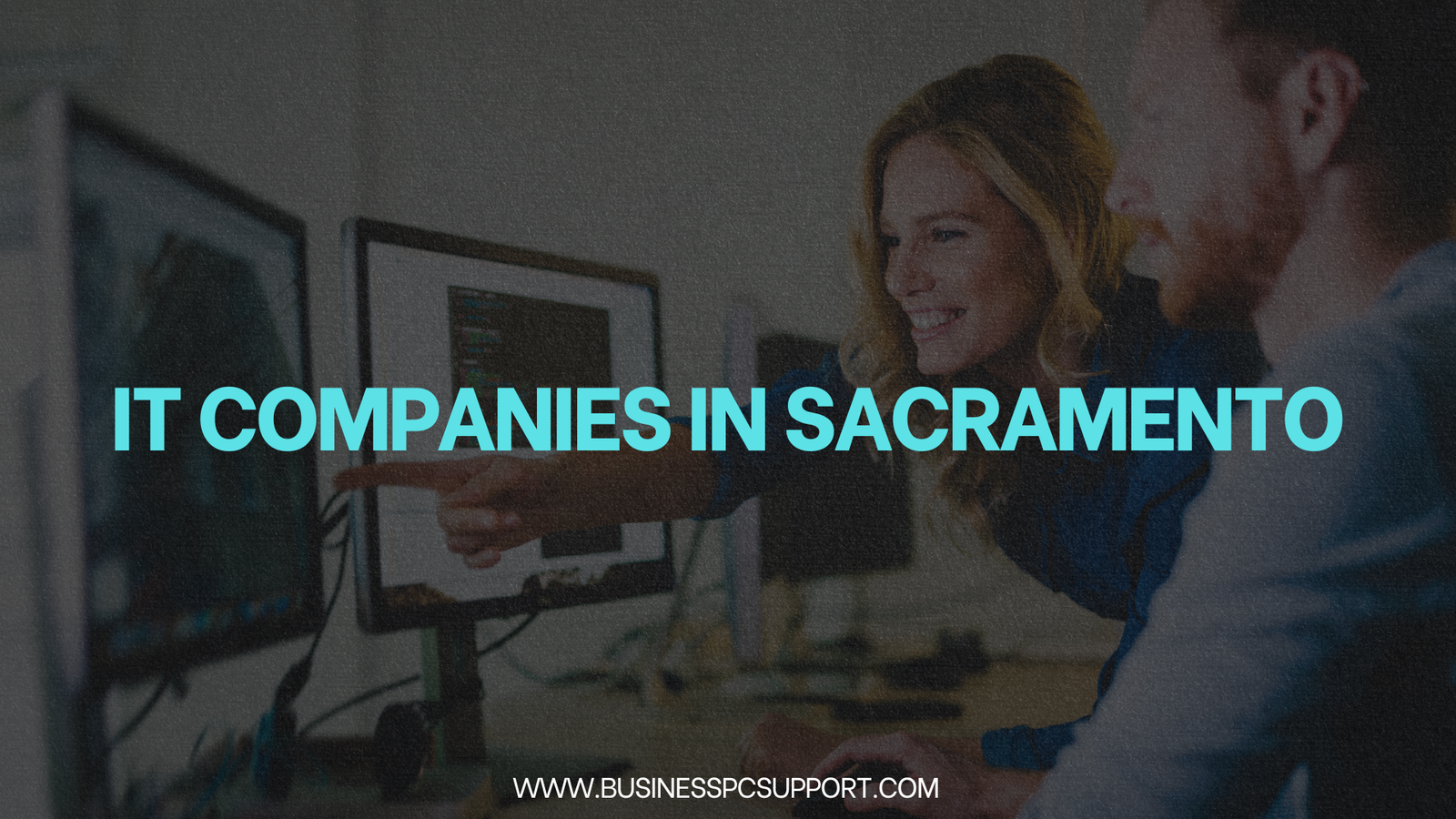The Impact of Remote Healthcare Monitoring on Data Accuracy and Compliance
In the rapidly evolving healthcare landscape, remote monitoring technologies are transforming the way healthcare services are delivered. Sharath Akula, a recognized expert in remote healthcare systems, explores how these innovative technologies are enhancing data accuracy, ensuring regulatory compliance, and improving patient care outcomes. This transformation is not just about embracing new technology—it’s about reshaping healthcare delivery to be more patient-centered, accessible, and sustainable globally. With advancements in data integrity and compliance, the future of healthcare looks brighter and more efficient.
The Surge of Remote Healthcare Monitoring and Its Impact
The healthcare sector has witnessed an explosive rise in remote monitoring technologies, with virtual consultations increasing by 154% between 2020 and 2023. Remote Patient Monitoring (RPM) systems have become particularly effective in managing chronic diseases, improving patient outcomes by up to 38%. This surge marks a shift from traditional in-person care to digital solutions, but challenges remain—particularly around data synchronization and varying levels of patient technology literacy. To address these challenges, healthcare providers are focusing on creating intuitive and reliable systems that improve data accuracy, enhance accessibility, and engage patients long-term.
Ensuring Compliance in Virtual Healthcare Environments
As healthcare moves online, ensuring compliance with regulatory standards, especially HIPAA, is more critical than ever. Data encryption, secure communication channels, and system integrity are key to safeguarding patient data. According to studies, 76% of healthcare organizations struggle with compliance, particularly in data transmission and storage. However, the adoption of automated tracking systems, along with comprehensive audit trails, has significantly improved compliance rates, reducing violations by 57%. These advancements ensure transparency, foster trust, and help organizations stay in line with ever-evolving regulations.
Strengthening Technical Infrastructure for Seamless Healthcare Delivery
Reliable technical infrastructure is the foundation of successful remote healthcare systems. The validation of medical-grade devices plays a pivotal role in ensuring data accuracy, reducing inconsistencies by 34%. Platforms utilizing HL7 FHIR standards have enhanced data integration, improving interoperability and reducing errors by 56%. Additionally, AI-powered real-time monitoring systems now detect 82% of anomalies within minutes, allowing for timely interventions and drastically improving operational efficiency. This seamless integration of data and devices is pivotal for creating reliable and responsive healthcare systems.
AI and Automation: Driving Data Quality and Compliance Monitoring
Artificial Intelligence (AI) has revolutionized the healthcare industry, particularly in remote monitoring systems. Automated validation processes have reduced manual reviews by 58%, ensuring higher data accuracy. Predictive analytics play a crucial role in identifying potential issues before they become problems, improving compliance by 39%. AI-driven solutions streamline healthcare operations, improve patient safety, and provide actionable insights in real time. These innovations not only enhance the overall patient experience but also empower healthcare providers to make more informed decisions faster.
Addressing Healthcare Access Disparities in Rural and Urban Areas
One of the major challenges in remote healthcare is the disparity in access between urban and rural areas. While urban healthcare facilities have adopted RPM at a rate of 72%, rural areas lag behind at just 43%. To address this digital divide, healthcare solutions must be scalable and adaptable to meet the unique needs of rural populations. Community-based support systems and culturally relevant patient education programs have proven effective in improving data quality and boosting patient engagement. Bridging this gap ensures that all communities, regardless of location, benefit from advancements in remote healthcare technologies.
The Future of Remote Healthcare: Cutting-Edge Technologies
The future of remote healthcare lies in the integration of revolutionary technologies such as blockchain, edge computing, and quantum computing. Blockchain technology strengthens data integrity by providing a secure, transparent way to verify and store healthcare data. Edge computing reduces latency in processing critical health data, enabling real-time monitoring and faster decision-making. Quantum computing, with its ability to analyze large datasets quickly and accurately, will push the capabilities of remote healthcare systems to new heights. These technologies will not only optimize operational efficiency but also enable more proactive, personalized care, further improving patient outcomes.
Conclusion: The Future of Healthcare Monitoring is Bright
Sharath Akula’s insights underline the transformative potential of remote healthcare monitoring systems. With robust technical infrastructure, AI-driven solutions, and enhanced compliance measures, the healthcare industry is setting new standards in patient care and data reliability. These advancements are creating a future where healthcare is not only more accessible but also more efficient, secure, and patient-focused. By integrating these innovative technologies, healthcare providers can significantly improve outcomes and deliver superior care to communities worldwide.
Source: Tech Bullion



Comments are closed